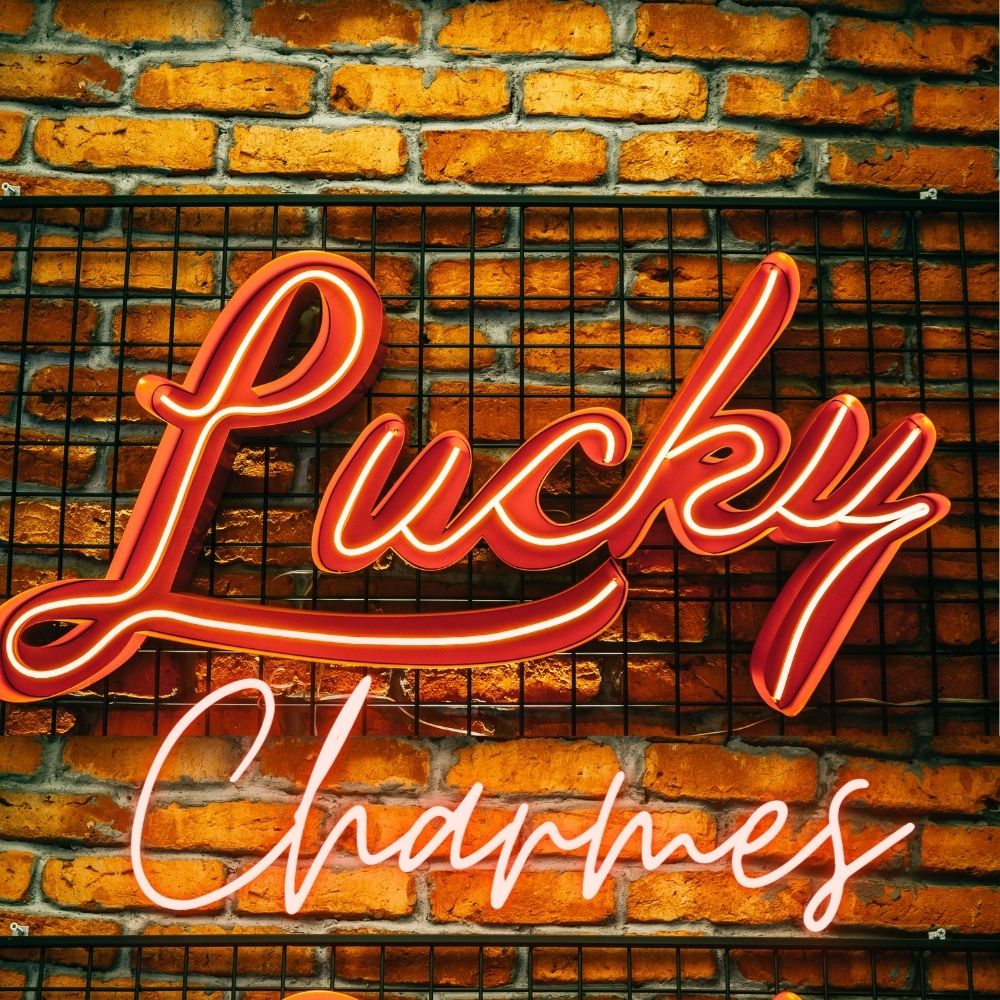
The practice of placing good luck charms or wealth-attracting good luck charms in a house is often associated with certain cultural and spiritual beliefs.
The idea behind these good luck charms is that they can help bring prosperity and abundance into one’s life.
For example, in feng shui, a traditional Chinese practice, certain good luck charms such as the laughing Buddha, dragon, or a money frog are believed to have the ability to attract wealth and good fortune.
These good luck charms are often placed in specific areas of the house, based on the principles of feng shui, to enhance their effectiveness.
In some other cultures, certain deities or figures are believed to bring wealth and prosperity, and good luck charms of them are placed in homes and businesses for the same reason.
For example, in Hinduism, the goddess Lakshmi is considered the goddess of wealth and prosperity, and her figurine is often placed in homes and businesses to attract abundance.
It’s important to note that there is no scientific evidence to support the idea that these good luck charms can actually attract wealth or improve one’s financial situation.
However, for many people, the act of placing such good luck charms in their homes can serve as a reminder to stay focused on their financial goals and to be open to receiving abundance in their lives.
Certainly, here’s a more elaborate article on artifacts that are believed to attract money, with pictures for reference:
1. Lucky Bamboo
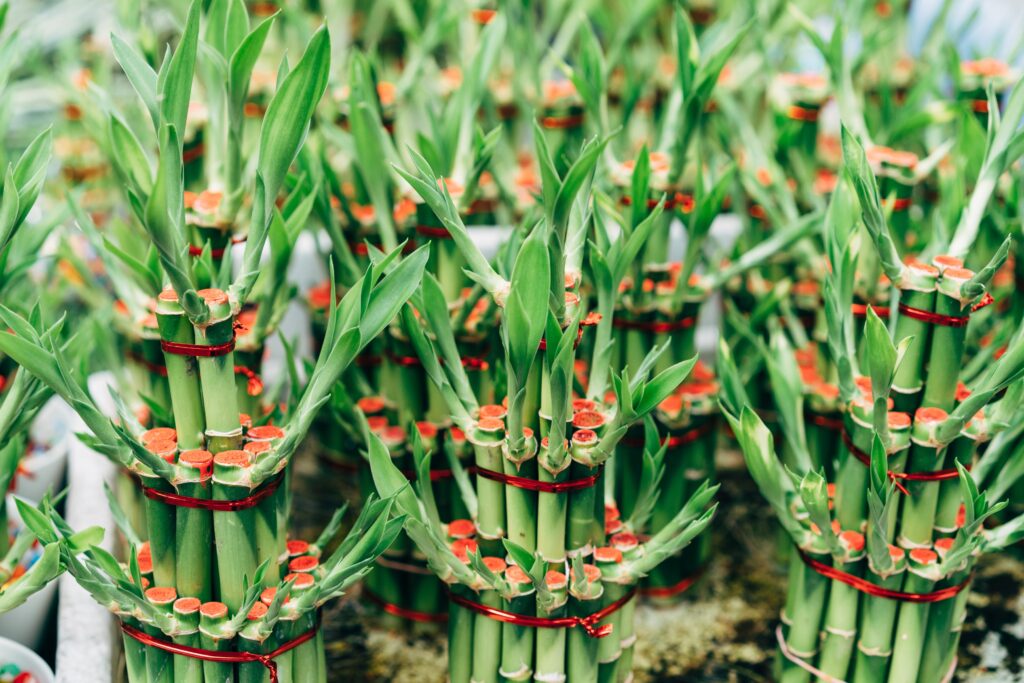
Lucky Bamboo is a popular Feng Shui plant that is believed to bring good fortune and wealth. It is often used as an indoor plant, and it requires minimal care.
Lucky Bamboo is a type of indoor plant that is believed to bring good luck, fortune, and positive energy.
Lucky Bamboo is a member of the Dracaena family and is native to tropical regions in Southeast Asia and Africa.
It is often sold as a small, potted plant with a few stalks of bamboo, which are arranged in different shapes and sizes.
The shape of the Lucky Bamboo is significant. A single stalk is believed to bring happiness and prosperity, while two stalks represent love and marriage.
Three stalks are said to bring happiness, wealth, and longevity, while five stalks represent the five elements of earth, water, fire, wood, and metal.
The Lucky Bamboo is often grown in water, with the stalks held in place by pebbles or stones.
The water should be changed regularly, and the plant should be kept in indirect sunlight.
Lucky Bamboo is believed to bring positive energy into the home or office, and it is often used in feng shui, the Chinese practice of arranging objects to promote balance and harmony in the environment.
In addition to its use as a decorative plant, Lucky Bamboo is also used in traditional Chinese medicine for its healing properties.
It is said to be effective in treating respiratory problems, high blood pressure, and other ailments.
Lucky Bamboo is often given as a gift for special occasions, such as weddings, birthdays, and housewarming parties.
It is also a popular gift for business partners and colleagues, as it is believed to promote prosperity and success in business.
2. Citrine
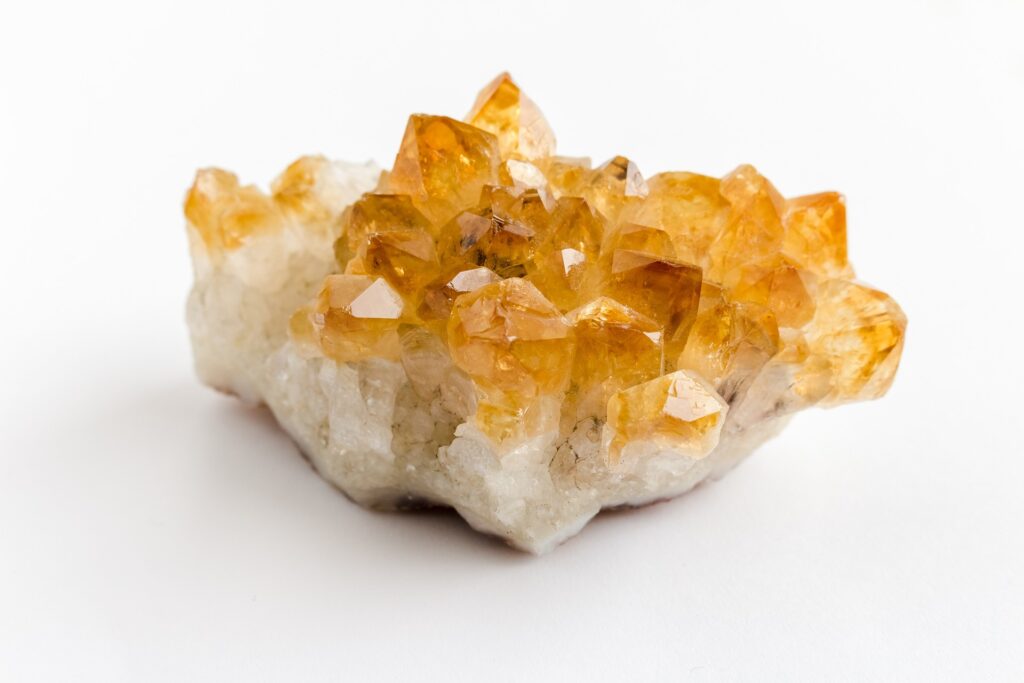
Citrine is a crystal that is known to attract wealth and abundance. It is often used in jewelry, decorative objects, and as a healing crystal.
Citrine is believed to have a positive effect on self-confidence, creativity, and productivity.
Citrine is a variety of quartz that is known for its bright, sunny yellow color. Citrine is named after the French word “citron,” which means lemon, and its color ranges from pale yellow to deep golden hues.
Citrine is believed to have a powerful energy that can help bring abundance, success, and positivity into one’s life.
It is also said to promote creativity, clarity of thought, and self-confidence.
Citrine is often used in feng shui, the Chinese practice of arranging objects to promote balance and harmony in the environment.
It is believed to help clear negative energy and promote a positive flow of chi (life force energy) in the home or workplace.
Citrine is also used in crystal healing, a holistic practice that uses crystals and gemstones to balance and align the body’s energy systems.
It is effective in treating digestive problems, immune system disorders, and other ailments.
Citrine is often associated with the solar plexus chakra, which is located in the abdomen and is associated with personal power, self-esteem, and confidence.
It is said to help balance and strengthen this chakra, promoting a sense of inner strength and empowerment.
3. Money Tree
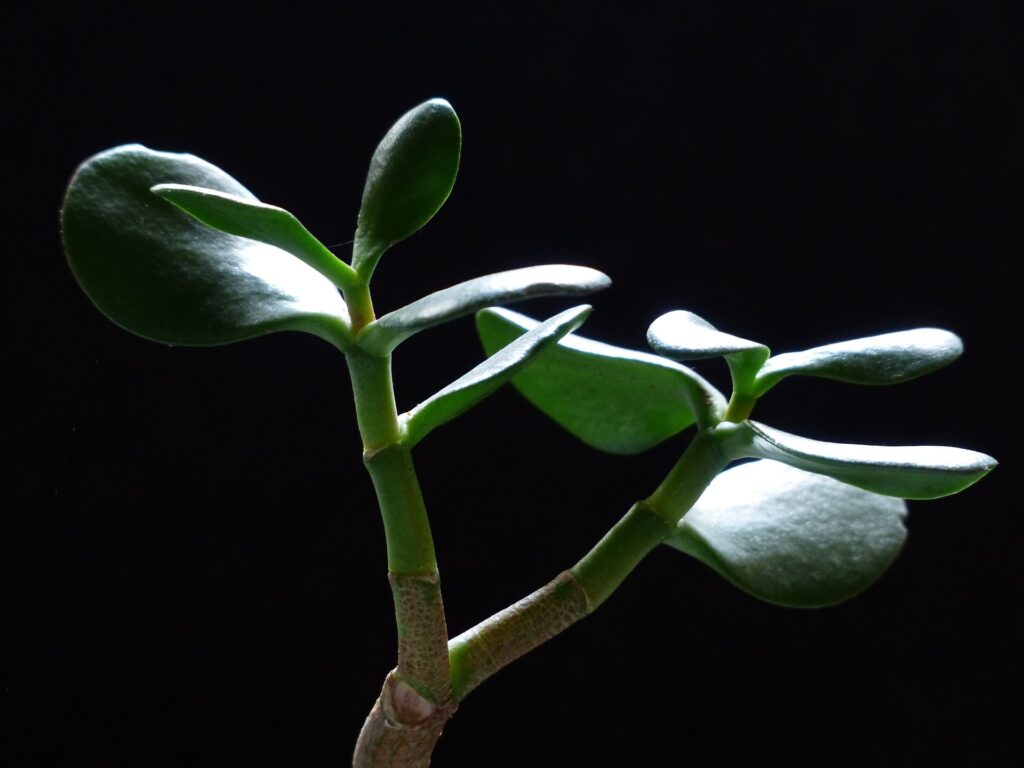
The Money Tree(Pachira aquatica) is a popular plant in Asia that is believed to bring prosperity and good fortune.
It is a low-maintenance plant that requires bright, indirect light and regular watering. The plant is often placed in the wealth area of the home or office.
Money trees are native to Central and South America and are also known as Guiana chestnuts, Malabar chestnuts, or provision trees. They are easy to care for and can grow up to 6 feet tall.
The leaves of the money tree symbolize wealth, while the braided trunk is believed to represent the coming together of different energies to create abundance.
Money trees are often given as gifts for weddings, birthdays, and other special occasions, as they are believed to bring good fortune to the recipient.
In addition to their symbolic significance, money trees are also believed to have healing properties. They are said to help reduce stress, promote relaxation, and improve air quality in the home.
Money trees are often grown in pots and require bright, indirect sunlight and regular watering.
They can be propagated by cuttings or by air layering, and are relatively easy to care for.
4. Hamsa Hand
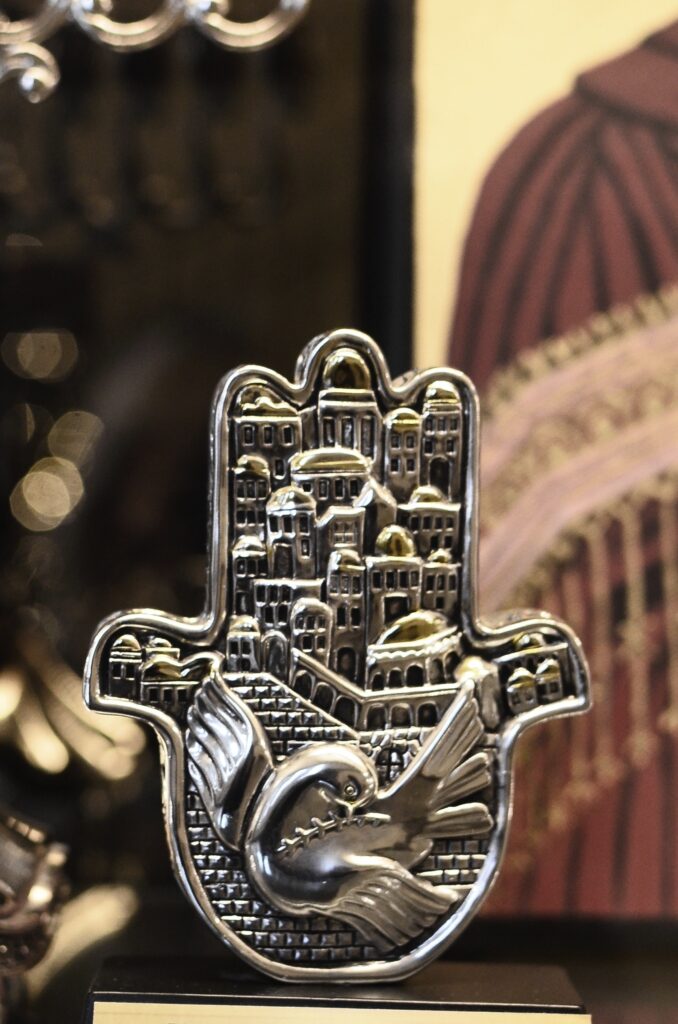
Photo Credit:Pexels
The Hamsa hand is a good lunch charm from Middle Eastern and North African symbols that is believed to offer protection and bring good fortune.
The name “Hamsa” comes from the Arabic word for “five,” which refers to the five fingers of the hand.
The Hamsa hand is usually depicted with an open right hand, with the palm facing outwards and the fingers slightly bent.
The symbol often includes an eye in the palm’s center, called the “evil eye.” The evil eye is a common belief in many cultures that is said to bring misfortune or injury when someone is envious or jealous of another’s success or good fortune.
The Hamsa hand has been used as a protective talisman for centuries, and it is still a popular symbol today. It is often worn as jewelry, and it is also used in home decors, such as wall hangings and keychains.
In addition to its protective qualities, the Hamsa hand is also believed to bring prosperity and good luck.
It is considered a powerful amulet that can ward off the evil eye and bring blessings to the wearer.
While the Hamsa hand has its roots in Jewish and Islamic traditions, it has become a popular symbol around the world and is used by people of many different faiths and cultures.
5. Elephant Statues
Elephant statues have been considered a symbol of good luck, wisdom, and strength for centuries, particularly in Hindu and Buddhist cultures.
These statues are believed to bring good fortune and prosperity to the home or business where they are placed.
In Hinduism, the elephant-headed deity Ganesha is worshipped as the god of good luck and success.
Ganesha is often depicted riding on or accompanied by an elephant, which symbolizes power, strength, and wisdom.

Photo Credit: Amazon
In Buddhism, the white elephant is considered a sacred animal and is believed to have been present at the birth of Buddha.
Elephants are also associated with the qualities of wisdom, compassion, and serenity in Buddhist teachings.
Elephant statues are commonly used as feng shui remedies to attract positive energy and prosperity.
According to feng shui principles, the placement of an elephant statue should be determined by the Bagua map, which represents different areas of life such as wealth, health, and relationships.
In African cultures, the elephant is considered a symbol of power, royalty, and strength.
Elephant statues are often used in tribal ceremonies and rituals, and they are also popular as decorative items in homes and businesses.
Elephant statues come in various sizes and materials, including wood, stone, metal, and ceramic.
They are often depicted with their trunks raised, which is believed to invite good luck and prosperity into the home or business.
6. Lucky Cat
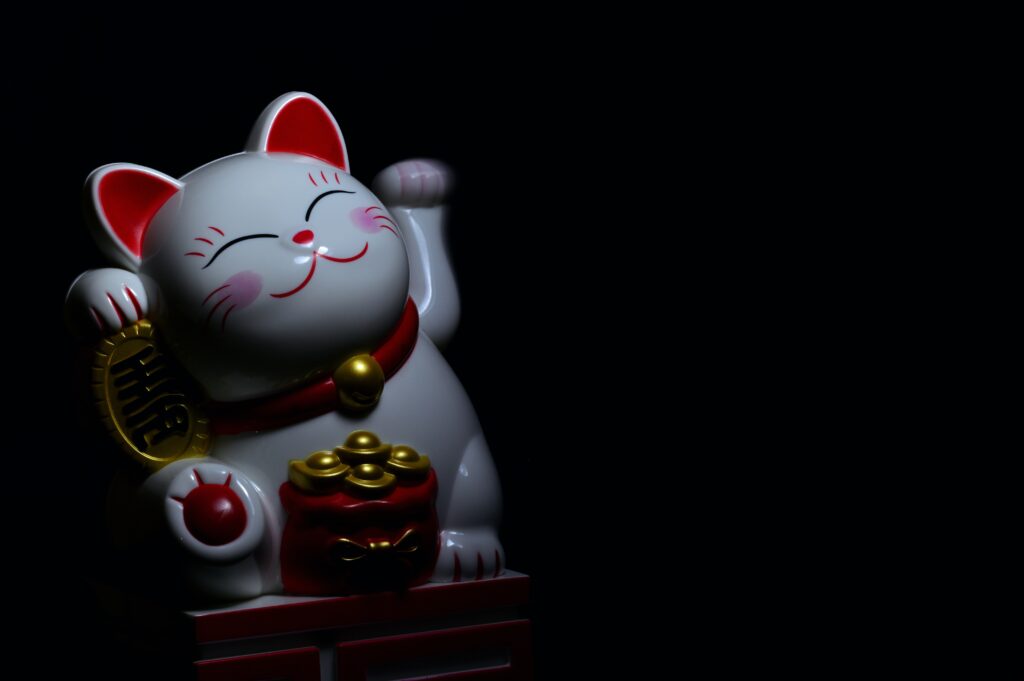
Photo Credit: Amazon
The Maneki Neko, also known as the Lucky Cat, is a popular Japanese figurine that is believed to bring good luck and prosperity.
The cat is often depicted with one or both paws raised as if beckoning customers to come into a shop or restaurant.
The origins of the Lucky Cat are unclear, but it is believed to have originated in Japan during the Edo period (1603-1868).
The cat is thought to have been inspired by a real cat that saved the life of a feudal lord by waving its paw to beckon him to safety.
The Lucky Cat is often seen in storefronts, restaurants, and other businesses in Japan and other parts of Asia. It is believed to attract customers and bring good luck to the business.
The color of the Lucky Cat is also significant. A white cat is believed to bring good luck and happiness, while a black cat is said to ward off evil spirits and bring protection.
A red cat is believed to bring good health, and a gold cat is thought to bring wealth and prosperity.
The position of the Lucky Cat’s paw is also important. A cat with its left paw raised is believed to attract customers, while a cat with its right paw raised is said to bring wealth and good luck.
The Lucky Cat is also associated with the Japanese concept of “kawaii,” or cuteness. Many Lucky Cat good luck charms are designed to be cute and appealing, with large eyes and a round face.
7. Four-leaf Clover
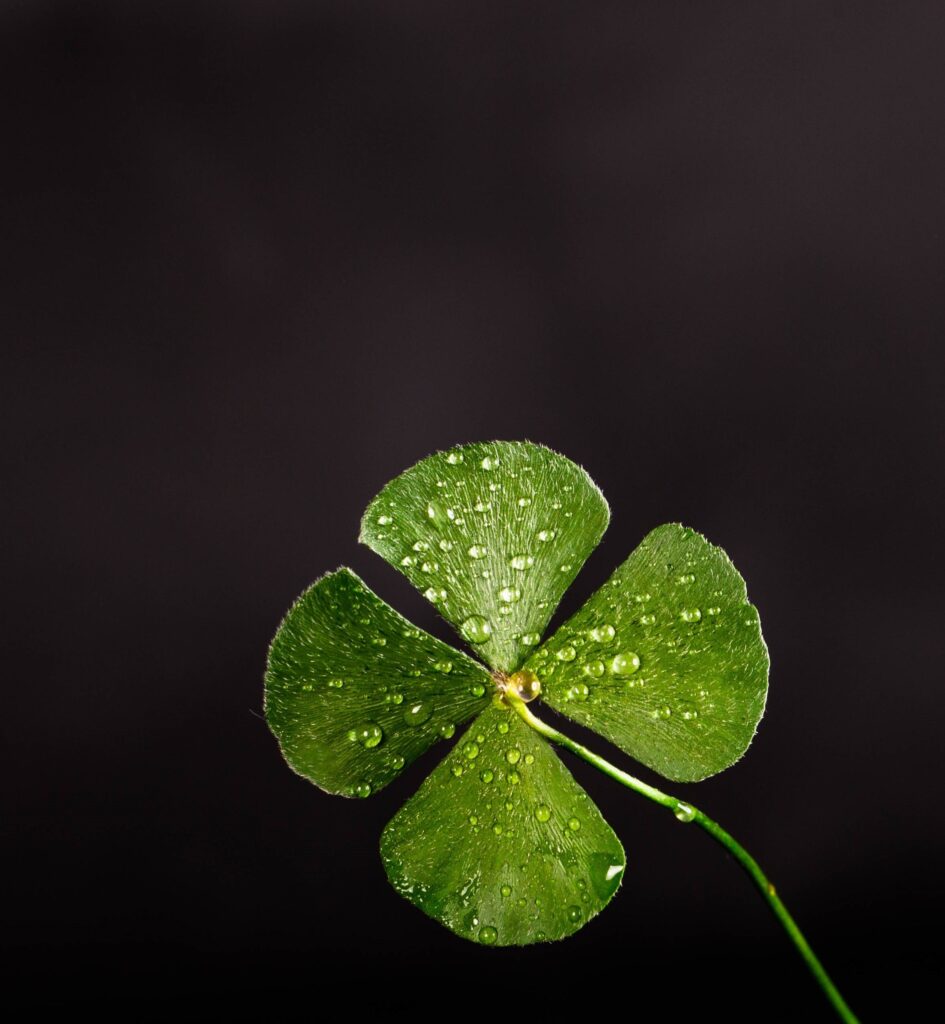
The four-leaf clover is a symbol of good luck that is popular in Ireland and other parts of the world.
It is believed that finding a four-leaf clover can bring financial prosperity and success.
The four-leaf clover is a rare variation of the common three-leaf clover, and it is considered a symbol of good luck and fortune.
According to legend, each leaf of the four-leaf clover represents a different quality: the first is faith, the second is hope, the third is love, and the fourth is luck.
The four-leaf clover is considered lucky because it is rare, with only one in 10,000 clovers having four leaves.
Finding a four-leaf clover is said to bring good luck and fortune to the person who finds it.
The four-leaf clover is also associated with St. Patrick’s Day, a holiday celebrated on March 17th in honor of St. Patrick, the patron saint of Ireland.
The four-leaf clover is often used as a symbol of Irish heritage and is a common motif in St. Patrick’s Day decorations.
In some cultures, the four-leaf clover is believed to have mystical or magical powers.
It is said to ward off evil spirits, protect against witchcraft, and bring good fortune in all areas of life.
The four-leaf clover is often used in jewelry and other decorative items, such as keychains and pendants. It is also a popular tattoo design.
In addition to its use as a symbol of good luck, the four-leaf clover is also used as a symbol of diversity and inclusivity.
It has been adopted as a symbol by organizations and groups that promote diversity and acceptance, particularly within the LGBTQ+ community.
8. Dreamcatcher
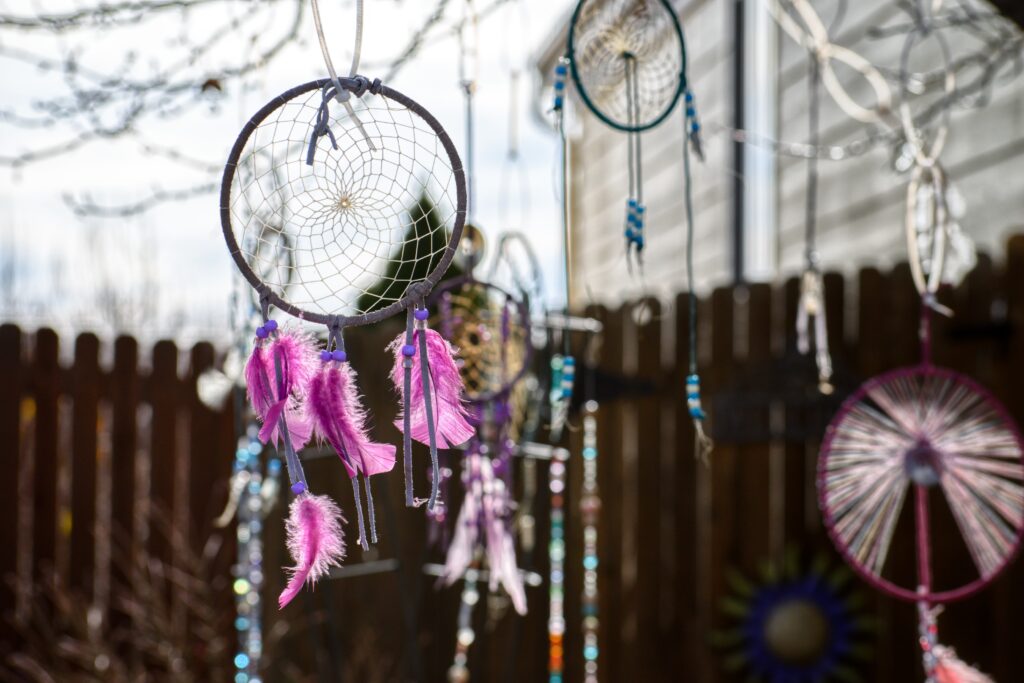
Photo Credit: Amazon
A dreamcatcher is a handmade object that originated in Native American cultures, and it is believed to filter out bad dreams and allow good dreams to pass through to the sleeper.
The dreamcatcher is typically made with a woven hoop, often made of willow, and decorated with feathers, beads, and other decorative items.
It is usually hung above a bed or crib where it can catch the dreams of the sleeper.
According to Native American legend, the dreamcatcher was created by the Spider Woman, who helped protect the people by weaving a web to catch bad dreams.
The web would allow good dreams to pass through to the sleeper, while the bad dreams would become caught in the web and disappear with the morning sun.
The dreamcatcher is believed to have spiritual significance and is often used in healing ceremonies and other rituals.
It is also sometimes used as a symbol of Native American culture and heritage.
The feathers on the dreamcatcher are said to represent the breath of the wind, which is believed to carry the dreams through the web and into the mind of the sleeper.
Dreamcatchers are often given as gifts to loved ones, particularly children, to protect them from bad dreams and negative energies. They are also used as decorative items in homes and other spaces.
The popularity of dreamcatchers has spread beyond Native American cultures, and they are now commonly found in gift shops and other stores around the world.
They are often used as decorative items or as part of bohemian or hippie-inspired fashion.
Horseshoe: The horseshoe is a symbol of good luck and is believed to protect against evil spirits.
It is often hung above the doorway with the open end facing up to retain good luck.
9. Laughing Buddha
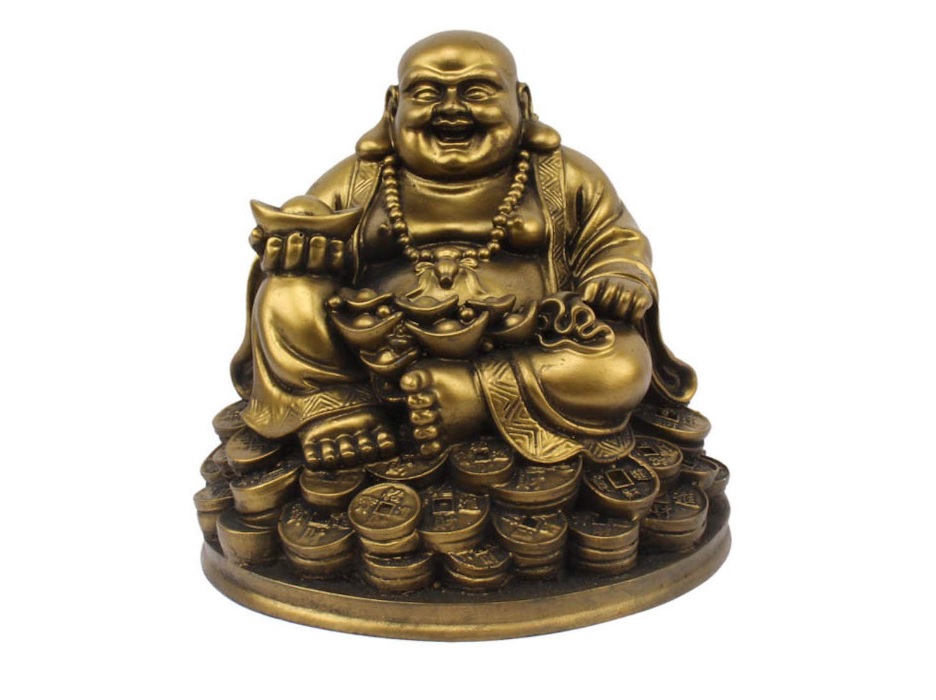
Photo Credit: Amazon
The Laughing Buddha is a popular figurine in many cultures, particularly in China and other parts of East Asia.
Also known as the Happy Buddha, Maitreya, or Hotei, the Laughing Buddha is depicted as a large, jolly man with a bald head, a wide smile, and a protruding belly.
He is usually shown wearing a simple robe and carrying a cloth sack.
The origins of the Laughing Buddha can be traced back to ancient Chinese folklore.
According to legend, he was a monk who lived in the 10th century and was known for his joyful demeanor and his ability to bring happiness to those around him.
It is said that he would carry a bag of treasures and distribute them to people in need.
Over time, the Laughing Buddha became associated with wealth and good fortune, and the figurine began to be used as a symbol of abundance and prosperity.
In Feng Shui, the Laughing Buddha is often placed in the wealth area of the home or business to attract good luck and financial success.
10. Horseshoes
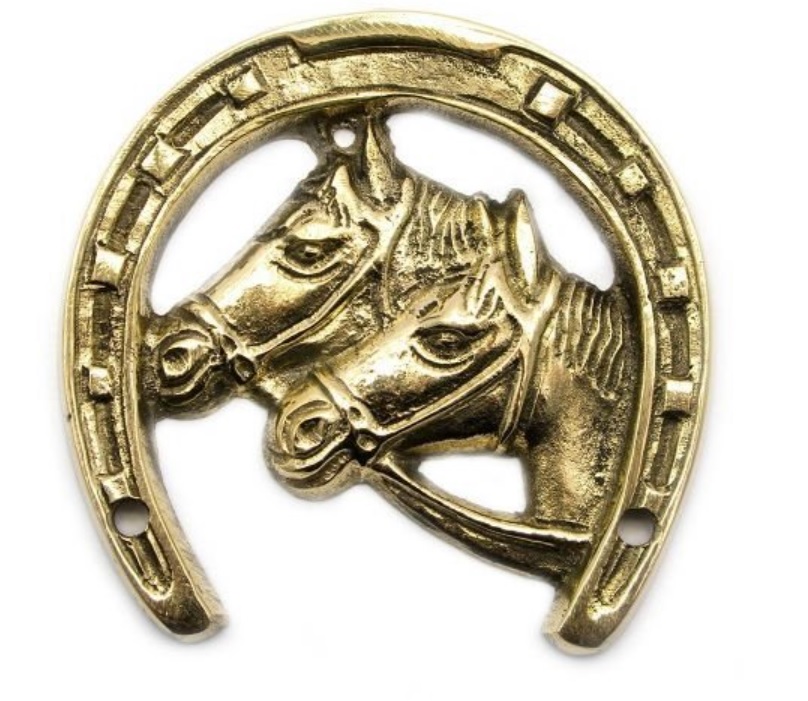
Photo Credit: Amazon
Horseshoes have been used as symbols of wealth and good luck for centuries. In some cultures, they are believed to bring good fortune and protect against evil spirits, making them a popular decorative item for homes and businesses.
In the context of wealth, horseshoes are often associated with the equestrian lifestyle and the ownership of horses.
Horses have traditionally been a symbol of wealth and status, as they were expensive to own and maintain and were used primarily by nobility and the wealthy for transportation, hunting, and other leisure activities.
For example, a horseshoe may be hung on the wall or displayed on a shelf as a decorative item.
It may also be incorporated into jewelry, such as a necklace or bracelet, to show off one’s love of horses and the equestrian lifestyle.
In some cultures, horseshoes are also believed to bring good luck and protect against evil spirits.
It is said that the shape of the horseshoe, which is similar to a crescent moon, represents the power of the moon and its ability to ward off negative energy.
Well I sincerely enjoyed studying it. This tip procured by you is very helpful for correct planning.
Thank you for writing this article. I appreciate the subject too.